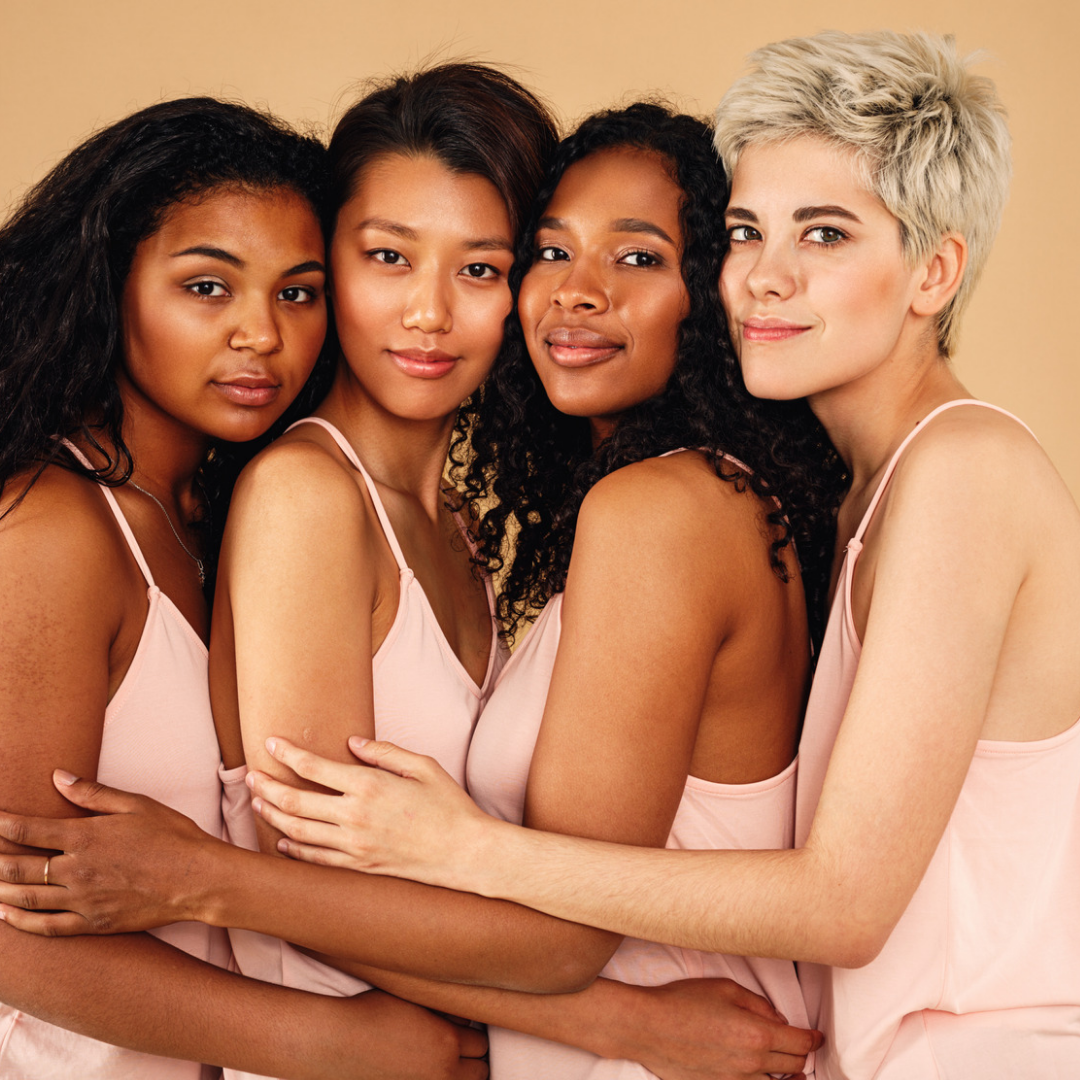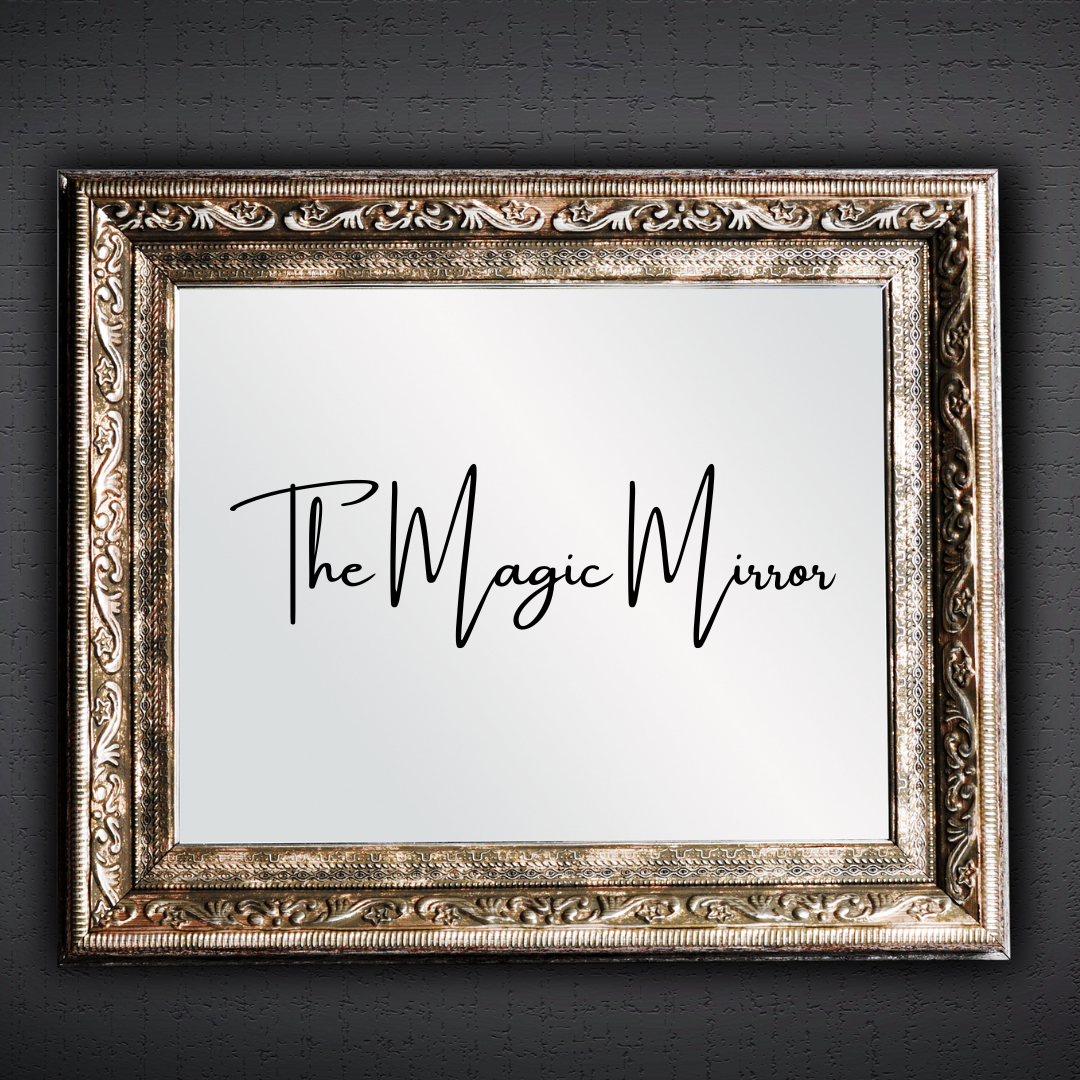Breaking the Myth of "Black Hair," "Biracial Hair," and "White People Hair": A Multicultural Hairstylist's Perspective on Inclusivity and Empowerment ( Inclusivity Part 2)
🪄 As a multicultural hairstylist, I have had the privilege of working with clients from various backgrounds and understanding the rich diversity of hair types. However, society continues to propagate damaging myths and stereotypes by labeling hair as "Black hair," "biracial hair," or "white people hair." In this blog post, drawing from my experiences, I will delve deeper into the origins of these myths, debunk them, and emphasize the significance of inclusivity, empowerment, and embracing the natural beauty of all hair types.
🌟 Embracing the Richness of Hair Diversity:
In my chair, I have witnessed the immense variety of hair textures, densities, and patterns that transcend racial or ethnic boundaries. For instance, within the so-called category of "Black hair," there is a multitude of hair types ranging from coily, tightly curled, to wavy. Similarly, individuals of different backgrounds can have similar hair textures. These examples illustrate that hair cannot be crudely categorized by race or ethnicity.
🌟 Debunking Harmful Stereotypes:
One of the most impactful aspects of a hairstylist is addressing the damaging stereotypes that clients bring with them. For instance, some clients with tightly coiled hair may believe that their hair is inherently unmanageable or lacks versatility. By showcasing inspiring examples of individuals with similar hair types who have embraced their natural texture, you can help shatter these preconceived notions. This enables clients to understand that their hair possesses remarkable potential.
🌟 Cultivating Inclusivity and Empowering Identity:
Creating a culturally inclusive space in the salon is a top priority. This means fostering an environment where clients from all backgrounds feel acknowledged, understood, and valued. By actively engaging in conversations about their hair journeys and encouraging them to embrace their unique hair, you will empower clients to embrace their full identity and develop a confident relationship with their appearance.
For example, an individual with multiracial heritage may have a hair texture that defies categorization. By collaborating with the client, you can highlight the versatility of their hair, showcasing different styles ranging from defined coils to loose waves. Through this process, they gain a newfound appreciation for the beauty and uniqueness of their hair, without feeling confined to any specific label.
🌟 Celebrating the Journey to Natural Hair:
The movement to embrace natural hair has gained considerable momentum in recent years. As a hairstylist, proudly contribute to this paradigm shift by encouraging clients to celebrate their natural hair. From recommending suitable products to teaching essential care routines, guide clients in embracing their distinct hair textures. By doing so, they discover the freedom to express themselves authentically.
For instance, a client with straight hair may have spent years attempting to conform to societal expectations by straightening or relaxing their hair. Through conversations and demonstrations, they learn to appreciate the inherent beauty of their natural hair, be it through enhancing their texture with gentle waves, embracing voluminous styles, or trying out elegant updos.
🪄 As a multicultural hairstylist, I am passionate about challenging the prevailing myths surrounding categorizations like "Black hair," "biracial hair," and "white people hair." By celebrating the rich diversity of hair types, fostering inclusivity, and empowering individuals to embrace their natural hair, we can create a future where everyone feels valued and confident in their unique beauty. Together, let us break free from hair stereotypes and create a world that embraces and celebrates the authenticity of every individual.
T 💚 ✨️




Comments
Post a Comment